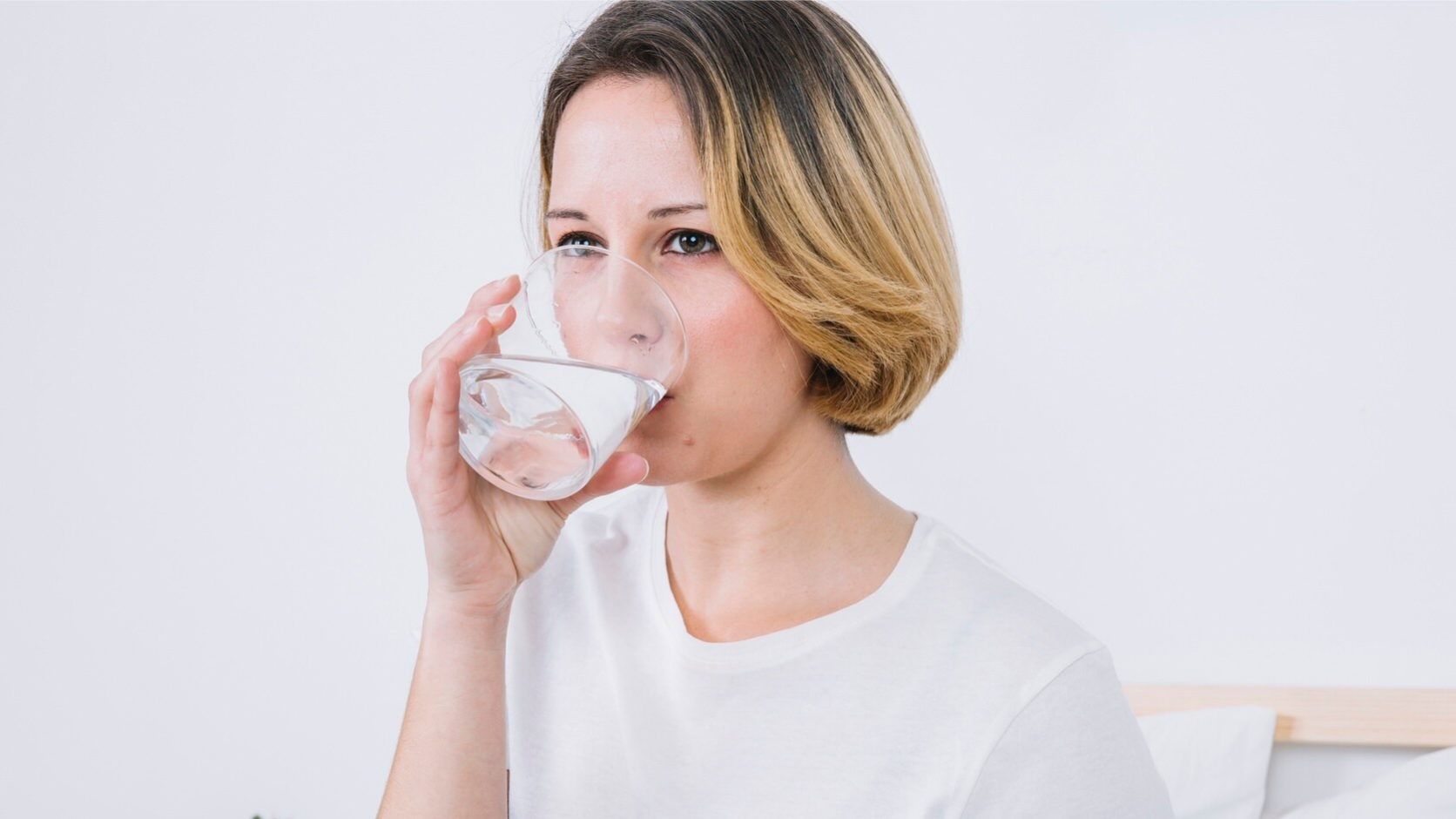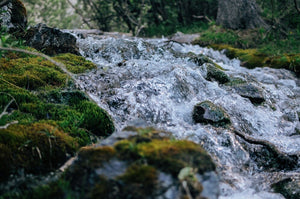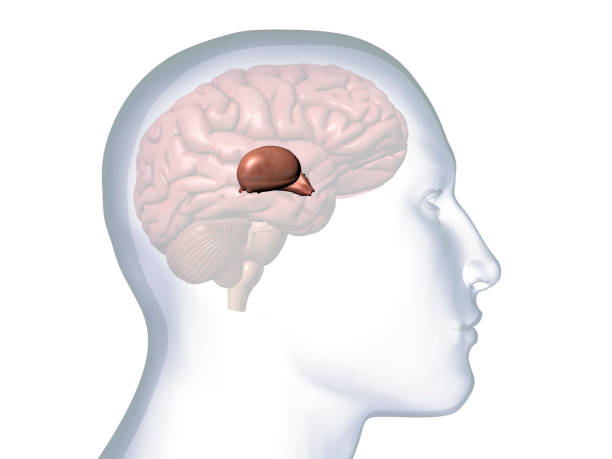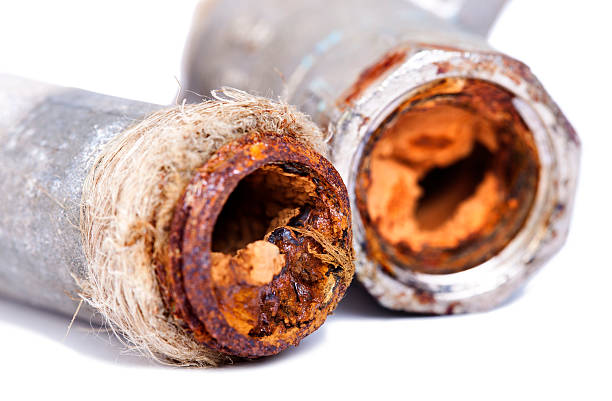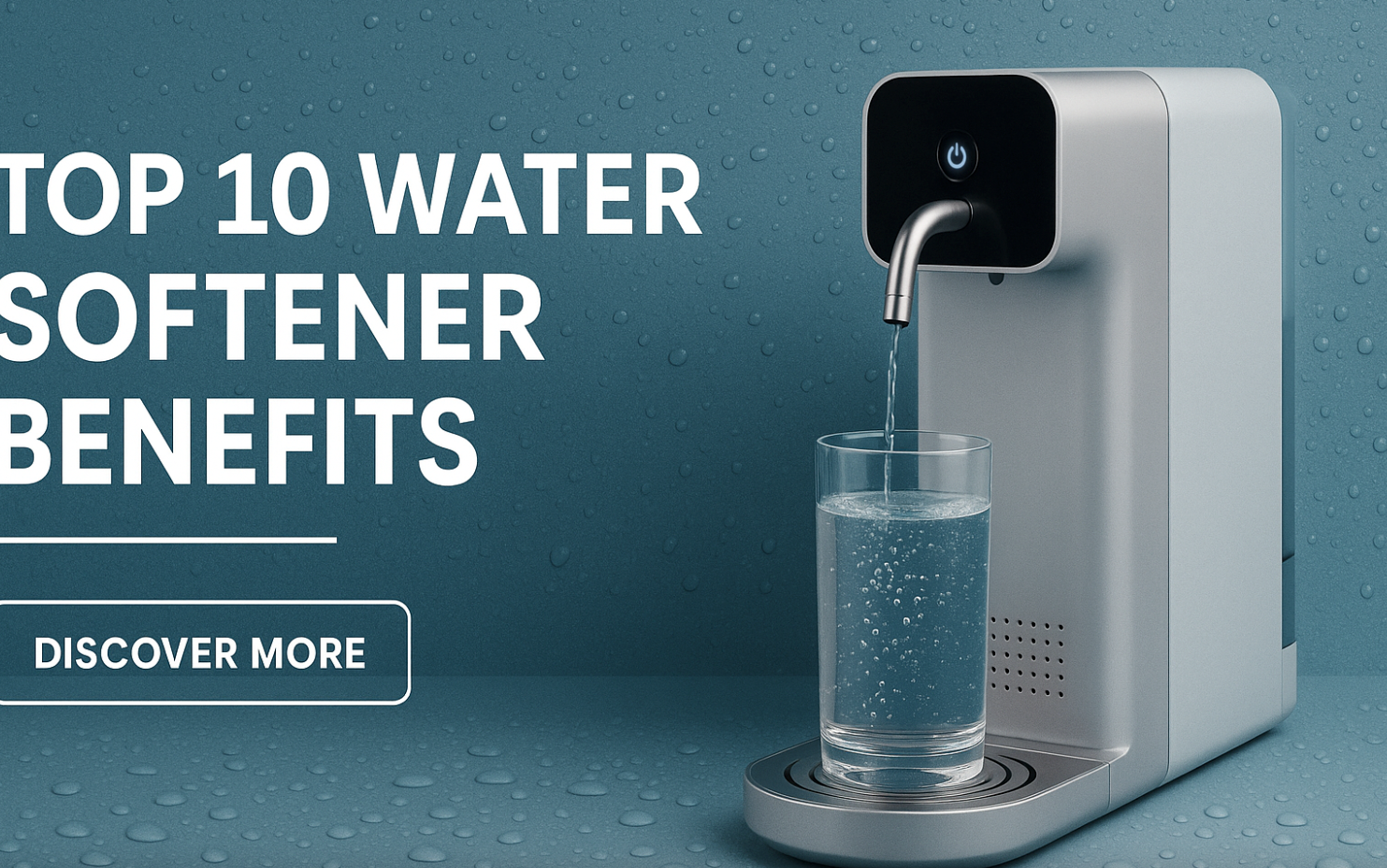Introduction
Reverse Osmosis (RO) is one of the most effective water purification methods, removing up to 99% of contaminants. However, its performance can vary based on multiple factors. If you’re experiencing slow filtration, reduced water quality, or frequent membrane replacements, understanding these factors can help optimize your RO system.
Key Factors Affecting Reverse Osmosis Performance
1. Water Pressure
RO systems require sufficient water pressure (typically 40–80 psi) to force water through the semi-permeable membrane. Low pressure can lead to poor filtration, while excessively high pressure can damage the membrane.
2. Temperature
RO membranes work best at 77°F (25°C). Cold water slows down the filtration rate, while hot water can damage the membrane.
3. Total Dissolved Solids (TDS) in Water
If your water has a high TDS level (minerals, salts, metals), it can clog the membrane faster, reducing efficiency.
4. Membrane Quality & Maintenance
Cheap or old membranes may not filter effectively. Regular replacements every 1–2 years keep your system at peak performance.
5. Pre-Filters & Post-Filters
Sediment and carbon pre-filters protect the RO membrane from chlorine, dirt, and other contaminants, while post-filters enhance taste.
How Our Products Can Help

We offer high-performance RO systems equipped with:
- Pressure Boosters to maintain optimal psi levels.
- Premium RO Membranes that last longer and provide superior filtration.
- Sediment & Carbon Pre-Filters to extend membrane life.
- TDS Meters to monitor water quality.
Upgrade your water purification today with our advanced RO solutions!

